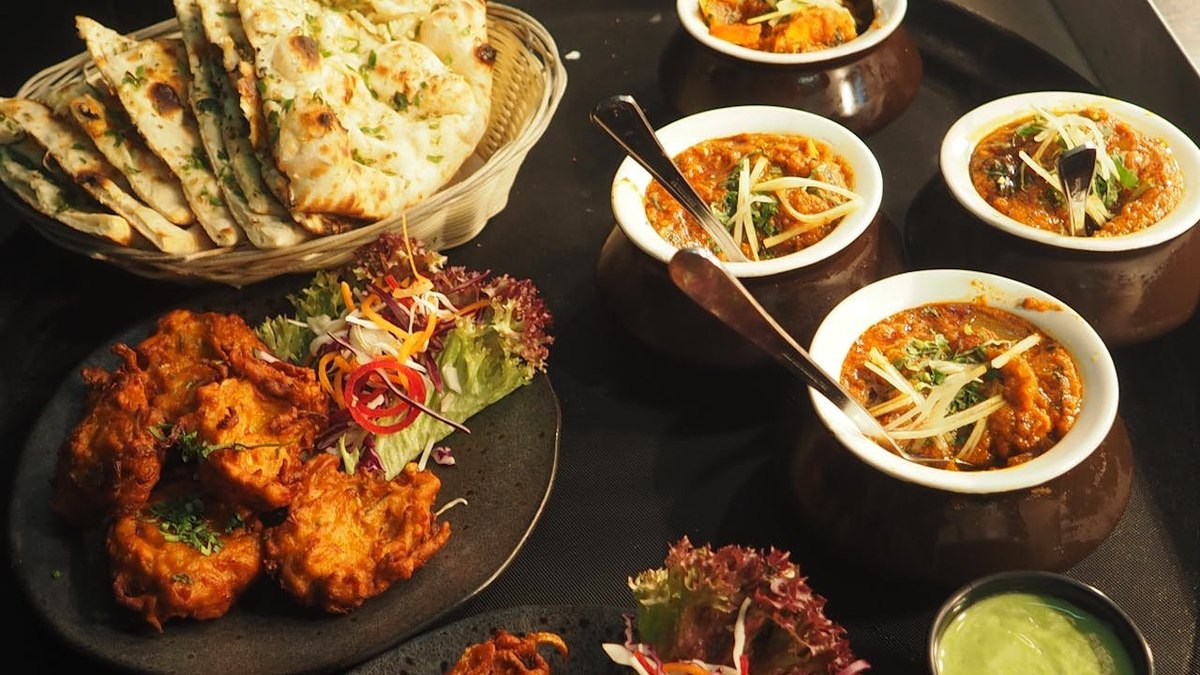
Retail & FMCG sector review: 2023 roundup of top industry insights for APAC
As we head into 2024, we review our top insights on the retail and FMCG sector over the past year.
From customer loyalty programs and brand localisation, the rise of mobile shopping and conscious consumerism, to trends in product discovery and payment methods, here’s what brands in APAC should know.
Customer loyalty programs: key to helping brands in APAC increase their share of wallet?
Close to three in four APAC consumers are loyalty program enthusiasts: they are more likely to stick with brands where they are a rewards program member, spend more with such brands, and readily subscribe to loyalty program membership when given the chance to.
This enthusiasm is shared by the majority of consumers in each generation across markets, with an increasing trend among younger consumers most clearly observed in Singapore and Indonesia.
But there are key market differences. Our data suggests ad personalization is likely to increase engagement among loyalty program enthusiasts in Hong Kong but is a turn off for most Australians. And while loyalty program enthusiasts in Singapore appreciate brands that engage with sociopolitical issues, such moves in Indonesia are frequently seen as disingenuous.
Further, while OOH advertising is a good way to reach loyalty program enthusiasts in Australia, Hong Kong, Singapore and Thailand, EDMs and social media ads are more effective pathways to their counterparts in Indonesia.
Read More: Can customer loyalty programs help brands in APAC grow their pool of loyal patrons?
Conscious consumerism is on the rise – but attitudes towards buying green vary
Purpose-driven marketing may be a budding trend in APAC, but social activism already influences a sizeable proportion of consumers’ choices.
Three in ten Australians (29%) say they only buy from companies that have ethics and values that they agree with, as do around two in five consumers in Singapore, Hong Kong (both 38%) and Thailand (45%), while over half in Indonesia (54%) say the same.
When it comes to the specific issue of environmental sustainability, active support for eco-friendly choices is even higher.
Most consumers in Indonesia (72%), Thailand (51%) and Australia (50%) don’t mind spending more for environmentally-sustainable products, while four in ten consumers in Singapore (41%) and Hong Kong (38%) are willing to pay a premium on eco-friendly alternatives for now.
Brand localisation: a promising strategy in Australia and Indonesia, but less so in Singapore
Across both Australia and Indonesia, a clear majority of consumers say they prefer to shop at local businesses and make an effort to do so – and to a lesser extent Hong Kong and Thailand, where slightly over half of consumers say the same.
But in Singapore, a city-state highly dependent on imported goods, only two in five express a preference for buying local – although half say they make an effort to support local retailers.
More consumers now prefer shopping online than at physical stores; online fashion retailers biggest winners as mobile shopping becomes ubiquitous
Across key markets in APAC, the proportion of consumers who say they generally prefer shopping online has exceeded the proportion of consumers who prefer shopping at brick-and-mortar stores (with a remaining segment having no preference either way).
In the case of Indonesia and Thailand, more than half of consumers prefer shopping online than in physical shops outright (52 and 56% respectively). Meanwhile, the appeal of physical shopping malls and streets remains strongest in Australia and Hong Kong, which has the relatively largest proportion of consumers who prefer shopping offline than over the web (both 34%).
Read More: What distinguishes online-first shoppers from the average consumer in APAC?
Mobile shopping has also become ubiquitous across all major APAC markets. As high as 96% of consumers in Indonesia say they shop online using their smartphone, while even in the relative lowest market of Australia close to three in every four consumers (73%) say the same.
E-commerce platform apps are the most popular way consumers in Indonesia, Singapore and Thailand shop on their smartphone, but mobile browsers are the most popular mobile shopping channel in Australia and Hong Kong.
When it comes to the most popular mobile shopping product categories, clothes, shoes and fashion apparel are the undisputed winners across markets in the region. Personal electronics – which includes items such as laptops, tablets, smartphones, earphones, headphones – are the next common mobile shopping purchases across Australia, Hong Kong, Indonesia and Singapore. In Thailand, however, personal care and toiletries is the second most popular product category.
Read More: APAC mobile commerce series
How popular is online shopping via mobile in APAC? How does usage of different mobile shopping channels vary, and what products are mobile shoppers most likely to purchase across different age groups?
➤ Charting Australia’s mobile commerce landscape: mobile shopping apps use & top m-commerce purchases
➤ Charting Hong Kong’s mobile commerce landscape: mobile shopping apps use & top m-commerce purchases
➤ Charting Indonesia’s mobile commerce landscape: mobile shopping apps use & top m-commerce purchases
➤ Charting Singapore’s mobile commerce landscape: mobile shopping apps use & top m-commerce purchases
➤ Charting Thailand’s mobile commerce landscape: mobile shopping apps use & top m-commerce purchases
Luxury goods still on most shopping lists despite lacklustre financial outlook
After a year of slow growth and rising inflation in 2022, only a minority of consumers in Australia (35%), Singapore (28%) and Hong Kong (21%) expected their household financial situation to improve over the course of 2023, when asked in January.
Nonetheless, most consumers in all three APAC markets said they plan to make at least some luxury/premium purchases over the year, when asked in February. Designer fashion – clothes and shoes – was the top luxury product category on the shopping list of consumers in Hong Kong and Singapore, while premium meat, fruit and vegetables was the top category for consumers in Australia.
Read More: APAC luxury shopping series
What luxury goods and which brands do APAC consumers plan to buy in 2023, and what factors do they consider before making a purchase?
Additionally, when shopping for food products in general, most consumers in Hong Kong prefer buying branded rather than generic ones. The proportion of consumers in India and Indonesia who prefer branded food products also exceeded those who prefer generic ones.
However, a larger percentage of consumers in Singapore typically prefer buying generic brand food products than famous brand-name ones.
Festive purchase funnel: product discovery most commonly begins over the web
From a Google search to a TikTok scroll, finding holiday shopping inspiration from the internet is now the most common way consumers across APAC discover what they want to buy during festive seasons.
In both Australia and Singapore, web search engines are the most popular source of holiday shopping ideas, ahead of word-of-mouth recommendations from family, friends and colleagues.
Browsing retail websites/apps, however, is the most common way consumers in Hong Kong discover what to buy during festive seasons, followed by web search engines, with word-of-mouth recommendations from family, friends and colleagues trailing some distance away at third.
Meanwhile, social media platforms are by far the most popular source of holiday shopping ideas in Indonesia, ahead of online reviews and word-of-mouth recommendations from family, friends and colleagues.
Read More: Holiday shopping in APAC
How do consumers find festive shopping deals and gift ideas – and how far in advance do they start their holiday shopping?
➤ Holiday shopping trends in Australia
➤ Holiday shopping trends in Hong Kong
Tourist retail trends: Multicurrency e-wallets are the fastest growing payment method
Multicurrency e-wallets and debit cards (popular providers include Instarem Amaze, Revolut, Wirex, Wise and YouTrip) are gaining popularity among travellers across APAC: registering the largest year-on-year increase – across all major payment methods – in consumers who plan to use them on their next international trip.
Overall usage of multicurrency cards across all generations rose by 10% in Singapore, 7% in Hong Kong and 3% in Australia between 2022 to 2023, with the highest spike observed among Gen Z travellers.
Read More: Trends in overseas travel payment methods
How are consumers from APAC most likely to pay when travelling internationally – and are multicurrency e-wallets growing more popular?
➤ Which payment methods are Australian travellers most likely to use when travelling abroad?
➤ Which payment methods are Hong Kong travellers most likely to use when travelling abroad?
➤ Which payment methods are Singaporean travellers most likely to use when travelling abroad?
Research Methodologies: YouGov BrandIndex collects data on thousands of brands every day. Learn more about BrandIndex here. YouGov Profiles is based on continuously collected data and rolling surveys, rather than from a single limited questionnaire. Learn more about Profiles here. YouGov Surveys: Serviced provides quick survey results from nationally representative or targeted audiences in multiple markets. Learn more about YouGov Surveys: Serviced here.
Cover Photo by shunli zhao



































